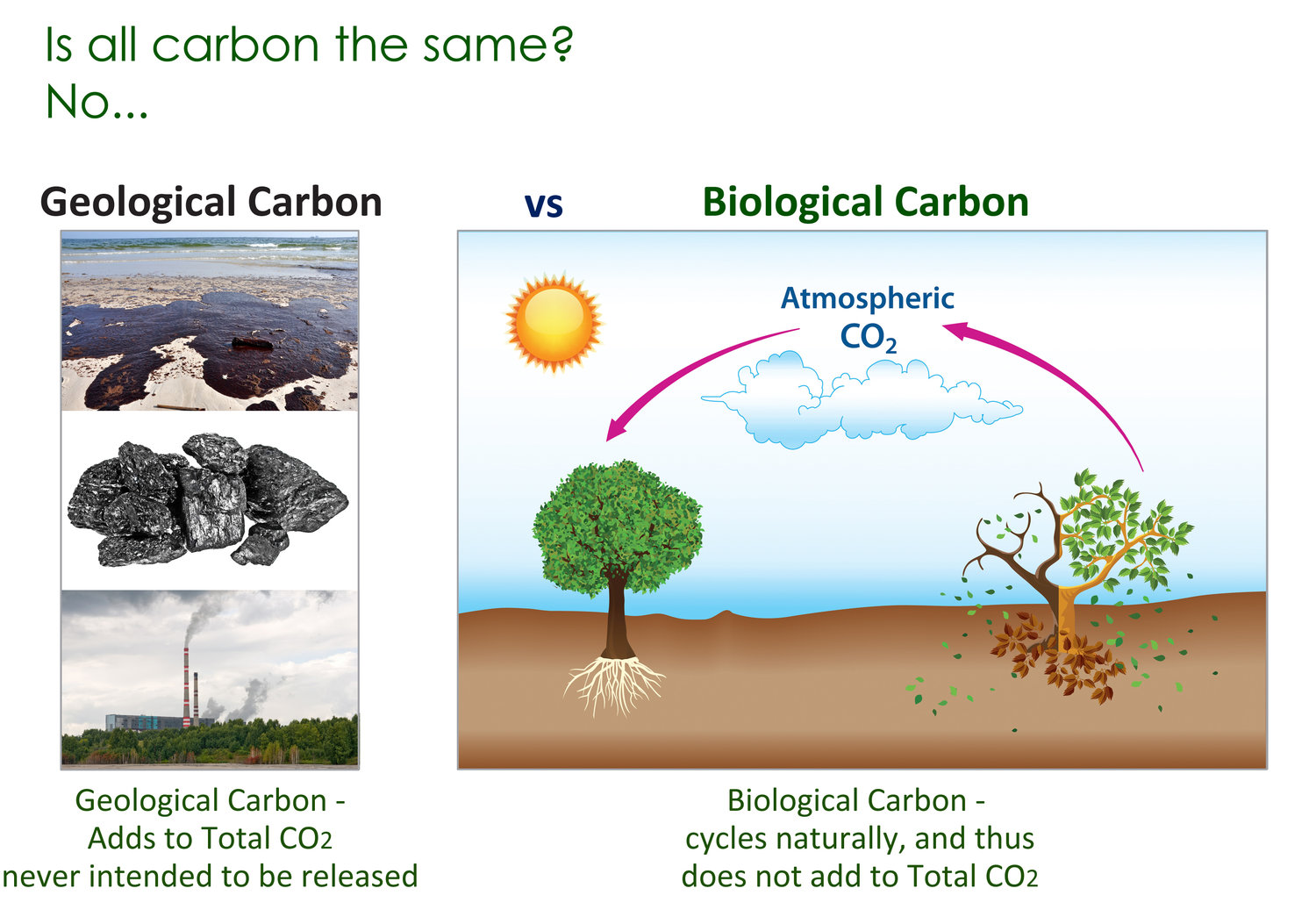Biomass As Fuel
Biomass as Fuel
Biomass fuel is broadly defined is any organic material that is used as fuel. Biomass originates from numerous sources, such as sugar cane bagasse, corn husks, and un-merchantable wood fibre such as chips, branches and bark, making it an excellent candidate for fuel where these organic materials are plentiful. In plant stocks the energy it stores is collected during its growth cycle as the sun, the earth and the air intersect allowing photosynthesis to occur.
What makes wood fibre biomass such a good source of fuel for an electricity generation plant are the following key characteristics:
- Wood fibre biomass is completely renewable and sustainable. Properly harvested and replanted, a managed section of forest can supply a generation plant indefinitely.
- Combusting wood fibre is CO 2 neutral, meaning that no additional CO 2 is released into the atmosphere when it is converted into electricity, as compared to the CO 2 emissions from otherwise rotting naturally on the forest floor.
- No “geologic” carbon or CO 2 is released when biomass fuel is burned as fuel. Geological CO 2 is carbon that is stored in the earth’s core in the form of fossil fuels such as coal, bitumen and its refined products, methane and natural gas. Burning these fossil fuels does release new additional CO 2 into the atmosphere leading to climate change. This is why diesel is such a harmful fuel source leading to major CO 2 emissions.
- Biomass has been accepted as a renewable carbon neutral fuel source by the UN, the USA’s EPA department, the EU and Canada with legal frameworks and policy in place to encourage and support its use.

Mitigokaa’s development model will use sustainable un-merchantable wood fibre as its fuel source.
To learn more about Mitigokaa’s Sustainable forestry operations and fibre required or Carbon policy and biomass in Canada please access the following two links:
Sustainable forestry operations and fibre required
Carbon policy and biomass in Canada
